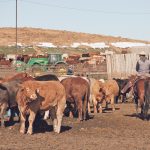Low-stress handling doesn’t just have benefits for the public perception of our industry, it has a real impact on the cattle’s biology.
Tag Archives Animal Health column

It takes a team to protect livestock and producers’ health
Animal Health Week comes around once a year in October (Oct. 1-7 this year), sponsored by the Canadian Veterinary Medical Association. The week has a theme and this year it is It Takes a Team. This refers to the entire team at your veterinary clinic, and I would like to explain the benefits of the […] Read more
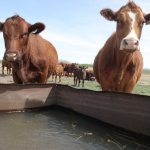
Dramatic cases from vet school show cattle’s resiliency
I left the hallowed halls of the Western College of Veterinary Medicine at the University of Saskatchewan 13 years ago and embarked on my career as a veterinarian. Reflecting on this passage of time, most of which I spent in the practice of pathology, there are some weird and interesting cattle cases that stand out. […] Read more
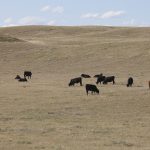
Feed tests especially important during drought
Several areas in Western Canada are suffering from drought again this year. Drought creates many difficulties for ranchers, who must struggle with the immediate and long-term problems that can arise from not having enough forage for their cattle. I know some areas of the Prairies have received more adequate precipitation, but many ranchers are facing […] Read more
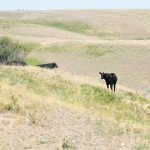
Remote delivery of antimicrobials should be a last resort
It’s a dilemma. We have an animal on pasture that requires antimicrobial treatment for a condition such as foot rot or pneumonia. If the pasture is remote or has no handling facilities nearby, your treatment choices are limited. You may rope and restrain the animal to administer an injectable, long-acting antibiotic or you can try […] Read more
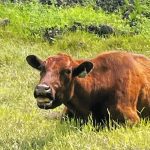
Revisiting modern day lumpy jaw and wooden tongue
The bacteria that causes lumpy jaw causes changes to the jaw bone. You can get rid of the infection, but not the changes. However, as long as it doesn’t worsen and the cattle can eat properly, it should have little effect and the swelling can remain until the animals go to the packing plant.
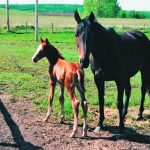
Placental disease can cause pregnancy loss in farm animals
In health, the placenta does the incredible task of supporting fetal development. But when abnormalities or disease occur in this organ, pregnancy loss or poor-doing offspring are the result.
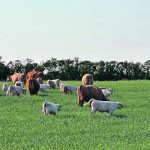
Placentas form amazing interface between fetus and dam
Placentas protect the fetus by providing a barrier between it and the maternal system. The female’s immune system would attack the fetus as a foreign invader, if not for the placenta.
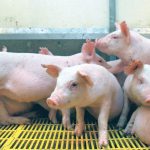
Strep zoo: bacterium affects pigs in Western Canada
Western Canadian swine farms manage many bacterial challenges by controlling what pig sources are mixed together, reducing environmental and other stressors, good nutrition and control of viral diseases that act as cofactors in many bacterial challenges. A lot of farm bacterial challenges become repeatable, following similar patterns to previous outbreaks or challenges. Fortunately, many common […] Read more
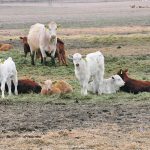
Parasite causes diarrhea outbreaks in cow-calf herds
The basic principles of reducing the infection pressure by maintaining a clean calving area, spreading cow-calf pairs out and using separate turn-out areas or some form of calving system that minimizes environmental infections is important in preventing the disease, just as it is in all causes of scours outbreaks.

